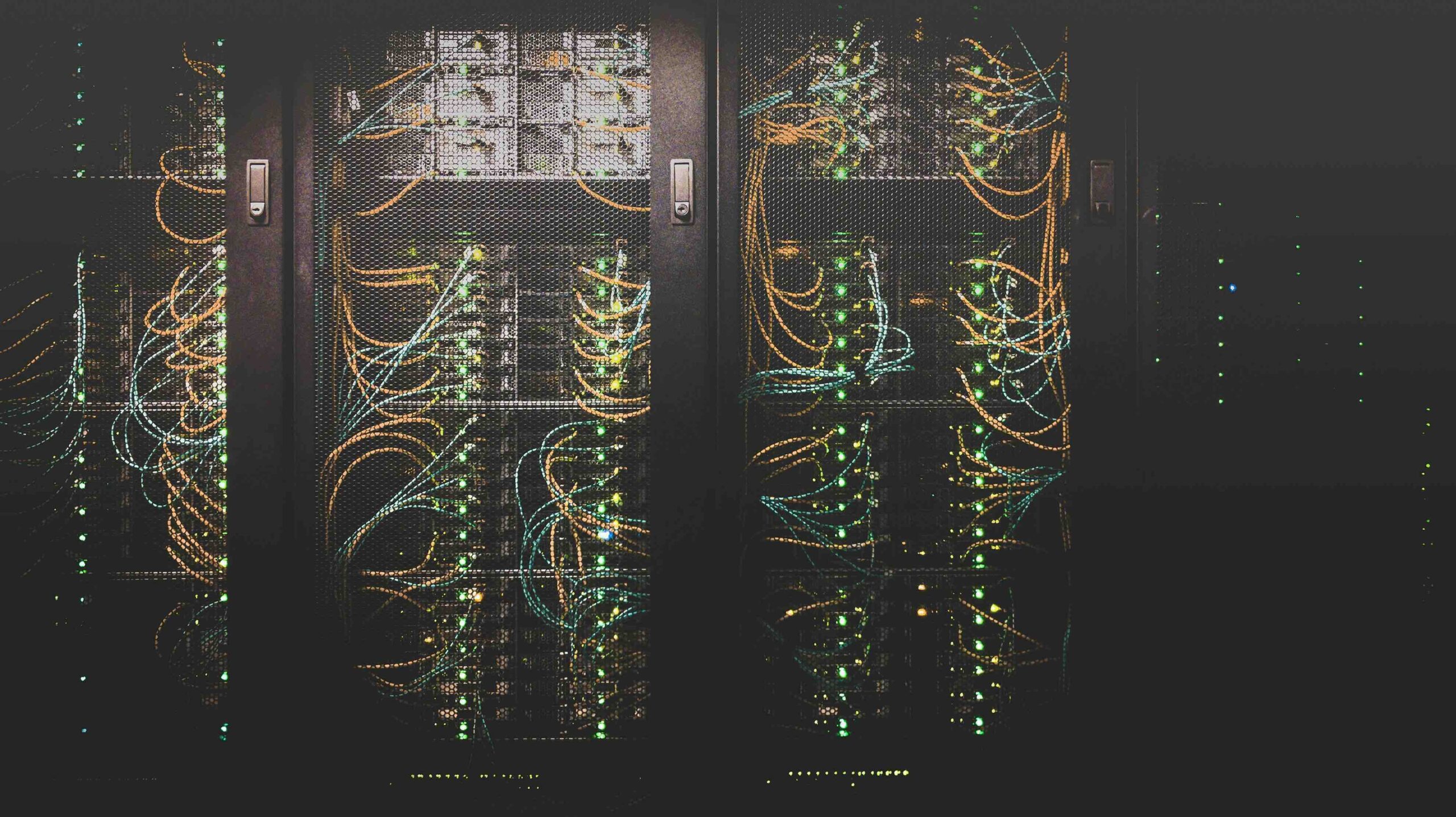Rapid Development in Artificial Intelligence Generates New Problems for the Environment
By: Matthew Warren
It’s hard to miss the AI boom that has occurred within the last few years. From classrooms to Coca-Cola commercials,[1] many people who engage in media, writing, or education have been exposed to AI-generated creations in some form or another. Some welcome this new development and proliferation of AI as a new frontier of technological advancement, while others are cautious about its potentially dangerous outcomes.[2] However, beneath any discussions on the merits of AI’s uses lurks a key consideration about the process with which AI functions: the environmental impact of this rapidly expanding technology.
What are the environmental effects of AI?
The infrastructure for AI is housed in data centers.[3] These data centers consume staggering amounts of energy to power their operations, and as the AI industry expands, so will that energy consumption.[4] Today, the popular generative AI system ChatGPT requires between 7 and 10 times more energy to generate one answer or response than a Google search.[5] For reference, a Google search consumes roughly 0.3 watt hours of energy, enough to power a lightbulb for 17 seconds.[6] By 2026, it is estimated that AI’s energy demand will increase by 10 times from its current level and exceed the annual electricity consumption of the nation of Belgium,[7] which amounted to 82,449 gigawatt hours of electricity in 2023.[8] The increased demand for energy will increase the harvesting and combusting of fossil fuels to meet those demands, which contributes to climate change through carbon emissions, pollutes the air and water, and increases the risk of respiratory disease.[9]
In addition to its massive energy requirements, AI data centers require vast quantities of freshwater to cool the hardware.[10] In a time where climate change is already reducing the viability of the world’s freshwater resources,[11] the increased demand will exacerbate the pressure on these resources that are already strained.[12] According to estimates, by 2027, AI infrastructure could consume 6 times more water per year than the nation of Denmark.[13] In 2023, Denmark consumed 984,760,000,000 liters of water in both industrial and at-home use.[14] As freshwater resources become scarcer due to climate change, AI data centers increasingly rely on these limited supplies, while dry regions more vulnerable to drought will bear most of the burden of this rapid expenditure of water.[15]
What can be done about this?
One way this climate problem can be mitigated is by funding research into alternative hardware and algorithms that require less energy consumption.[16] Additionally, adopting specific standards and restrictions on energy and water consumption through government regulation can curb the growing threat.[17] One tangible effort to ensure AI functions and grows sustainably is the Expeditions in Computing Program, a project funded by a $12 million federal grant, pursuing three goals: (1) standardize protocols for reporting energy costs of computing devices; (2) develop ways to cut down the carbon footprint of computing; and (3) develop ways to cut down the carbon emissions of computing systems.[18] As it stands, the development of AI presents both new opportunities and new challenges. Hopefully as the sector grows, new ways to tackle its environmental consequences will grow with it. Until then: think carefully before you use AI to generate that e-mail.
________________________________________
[1] Bruna Horvath, Coca-Cola causes controversy with AI-made ad, NBC News (Nov. 18, 2024), https://www.nbcnews.com/tech/innovation/coca-cola-causes-controversy-ai-made-ad-rcna180665.
[2] U.S Gov’t Accountability Off., Artificial Intelligence’s Use and Rapid Growth Highlight its Possibilities and Perils (Sept. 6, 2023), https://www.gao.gov/blog/artificial-intelligences-use-and-rapid-growth-highlight-its-possibilities-and-perils.
[3] U.N. Env’t Programme, AI has an environmental problem. Here’s what the world can do about that, (Sept. 21, 2024), https://www.unep.org/news-and-stories/story/ai-has-environmental-problem-heres-what-world-can-do-about.
[4] Id.
[5] Molly Flanagan, AI and environmental challenges, Univ. of Pennsylvania Env’t Innovations Initiative (last visited Jan. 1, 2025), https://environment.upenn.edu/events-insights/news/ai-and-environmental-challenges.
[6] Climateq, 5 Things You Didn’t Know About Your Internet Use and Energy (last visited Jan. 1, 2025), https://www.climateq.co.uk/resources/5-things-you-didnt-know-about-your-internet-use-and-energy/#:~:text=Just%20one%20of%20these%20Google,0.2g%20of%20carbon%20dioxide.
[7] Shaolei Ren and Adam Wierman, The Uneven Distribution of AI’s Environmental Impacts, Harv. Bus. Rev. (July 15, 2024), https://hbr.org/2024/07/the-uneven-distribution-of-ais-environmental-impacts.
[8] Int’l Energy Agency, Belgium (last visited Jan. 1, 2025), https://www.iea.org/countries/belgium/electricity.
[9] Yale Sch. of the Env’t, Can we Mitigate AI’s Environmental Impacts? (Oct. 10, 2024), https://environment.yale.edu/news/article/can-we-mitigate-ais-environmental-impacts.
[10] Shaolei Ren and Adam Wierman, supra note 7.
[11] Mass. Inst. of Tech. Climate Portal, Freshwater and Climate Change (April 14, 2022), https://climate.mit.edu/explainers/freshwater-and-climate-change.
[12] Shaolei Ren and Adam Wierman, supra note 7.
[13] U.N. Env’t Programme, supra note 3.
[14] Statistics Denmark, Consumption of water (Physical water accounts) by industry, water type and time (last visited Jan. 1, 2025), https://www.statbank.dk/statbank5a/selectvarval/saveselections.asp.
[15] Shaolei Ren and Adam Wierman, supra note 7.
[16] Aloyka Kanungo, The Green Dilemma: Can AI Fulfill Its Potential Without Harming the Environment? Earth.Org (July 18, 2023), https://earth.org/the-green-dilemma-can-ai-fulfil-its-potential-without-harming-the-environment/.
[17] Id.
[18] Yale Sch. of the Env’t, supra note 9.


